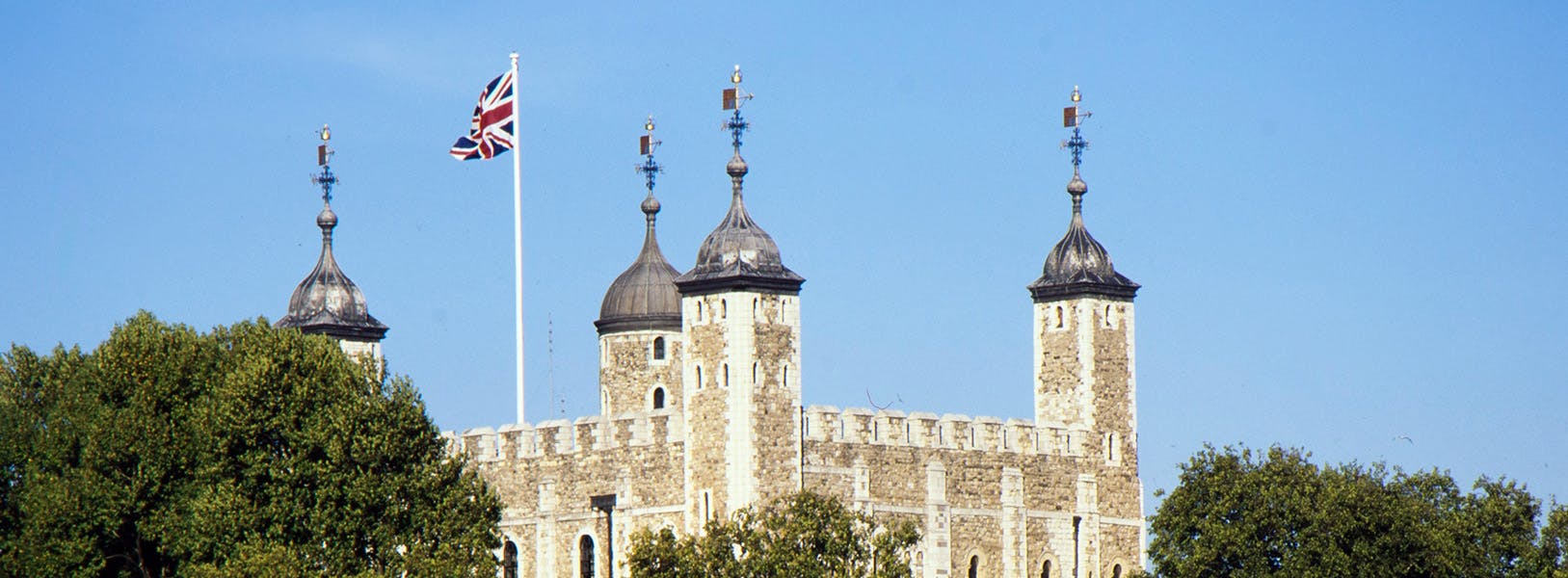
Primary Assembly
About this learning resource
Format: PDF
This assembly explores the question What is a coronation? and the significance of the Coronation of HM King Charles III as an important historical and national event. Students will find out what happens at a coronation ceremony and will explore key rituals and symbols, including the Coronation Regalia. The assembly includes a brief history of coronations, focusing on the elements that have stayed the same and those that have been adapted over time.
National Curriculum Links
- Changes within living memory and events beyond living memory that are significant nationally or globally
- A study of an aspect or theme in British history that extends pupils’ chronological knowledge beyond 1066
- Preparing to play an active role as citizens
Learning objectives
- Learn what happens at a coronation ceremony, including the symbolism of the Coronation Regalia
- Explore coronations past in order to develop an understanding of the historical significance of the Coronation of King Charles III
- Increase their understanding of the importance of the Coronation of King Charles III as an event of national significance and as the transition to a new era
Resource Information
Key Stage
- KS2 (age 7-11)
Subjects
- History
- PSHE
Topic
- 20th & 21st Century
- Historic Environment
Type
- Lesson ideas
Palace
- Tower of London

Explore the different functions of the Tower of London in detail with this activity sheet.

Download short editable biographies of Elizabeth I's Tower of London Significant People for Key Stage 2, Key Stage 3, Key Stage 4 and Key Stage 5. Use key facts, activities and historic sources to explore various people connected to Queen Elizabeth.

